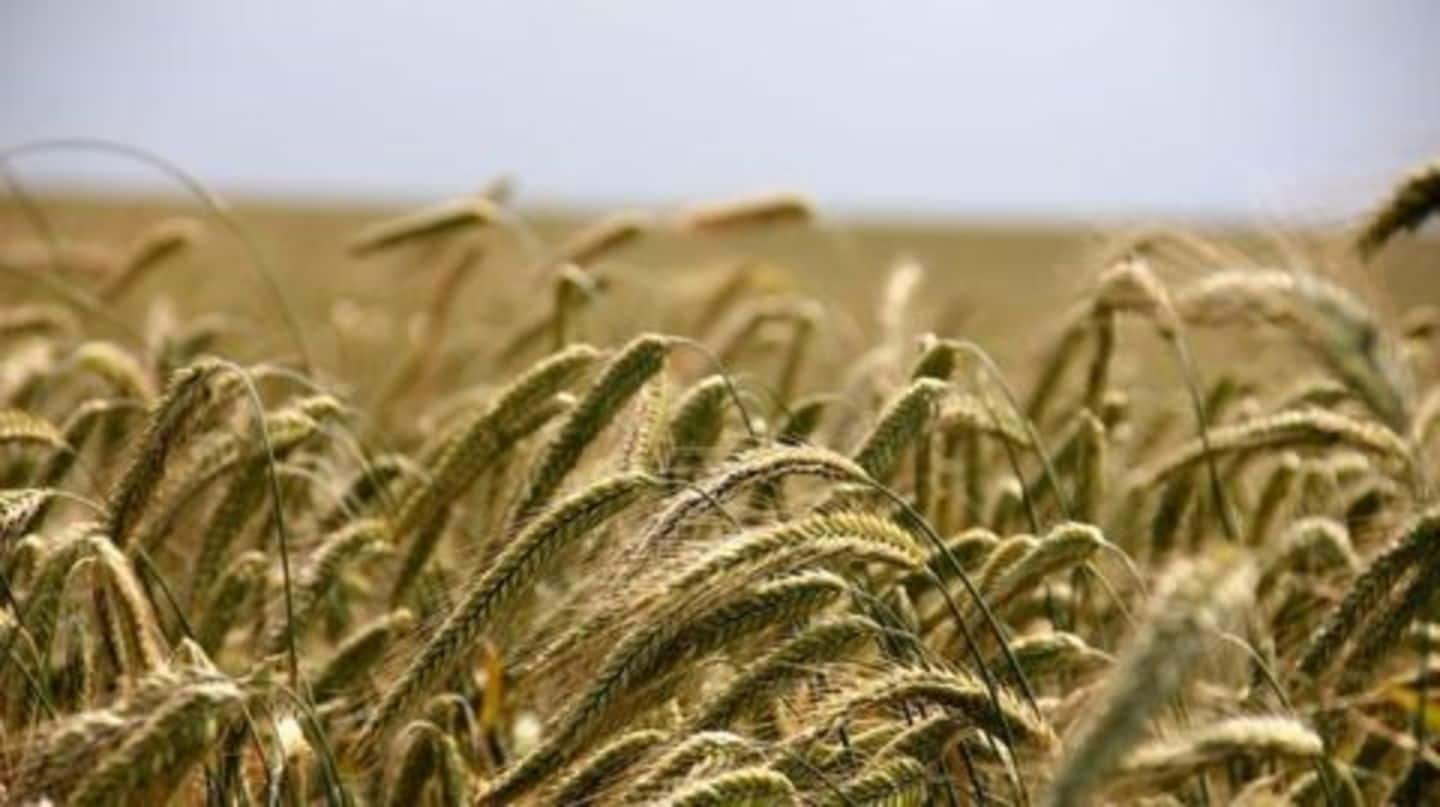
The approaching revolution in agriculture
What's the story
The long-overdue revolution in agriculture is within a few years' reach as the agricultural sector stands poised on the brink of a technological upheaval.
The agricultural techniques used in the 20th century are no longer competent enough to face the challenges of the 21st century.
Simply put, with the world's population growing at an unnerving rate, the timing could not have been better.
Concerns
Contemporary concerns in agriculture
Should the world fail to come up with agricultural techniques that drastically increase agricultural yields, around two billion more people will go hungry by 2050.
Furthermore, advances in agricultural techniques also need to be designed keeping in mind the scarcity of land and water resources, and most importantly, keeping in mind the environmental sustainability of such techniques.
Data
The world in 2050
According to the Food and Agriculture Organization of the United Nations, it is estimated that by 2050, nine billion people will inhabit the earth. Insofar as agriculture is concerned, a 60% boost is needed in global food production to meet the excess demand for food.
Technological progress
Slow but steady technological progress being made
Although such technology is yet to reach third world nations, high-tech gadgets are spreading to farms across the US.
These gadgets range from self-driving tractors and harvesters to drone and satellite crop surveillance to ground-based sensors which provide real-time data on both climate and soil conditions.
Such technology is equipping farmers with the information needed to ensure crop survival and increase yields.
Data
Technological advances in agriculture in perspective
The United States of America produces 2.3 billion bushels of wheat annually, across 50 million acres of farmland. To put things in perspective, an improvement of one percent in productivity would enable the production of 678,000 tonnes of additional wheat per year.
Data analytics
The role of data analytics in agriculture
The idea is to improve decision making through data analytics.
For instance, before sowing seeds, data analytics could be used to process massive amounts of historical data on crop growth, soil and weather conditions particular to a place, etc. to ensure that individual plants get maximum growth.
Data analytics could be used after the harvest to help with logistics, distribution and sale of crops.
The future
So what will the future of agriculture be like?
As the years go by in the 21st century, agriculture, like many other modern industries, will be a data-based one.
Gadgets for agriculture will enable unprecedented levels of information harvesting.
Massive data collection, coupled with cheap, available computing technology would enable data analytics at every stage of agriculture - from breeding of seed varieties to placing finished food products on store shelves.